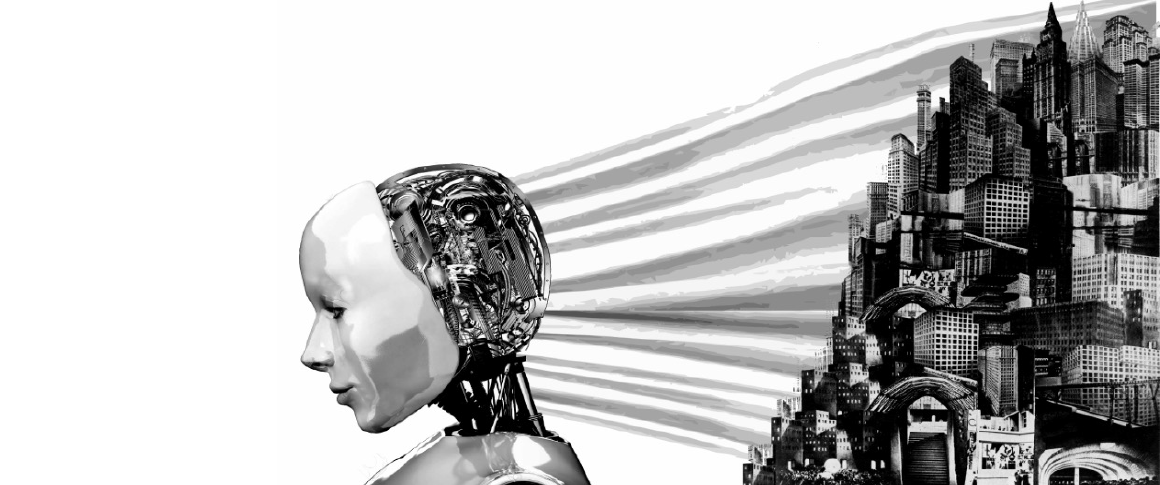As artificial intelligence becomes increasingly capable, architects are asking the same question that many other “at risk” professionals across a variety of careers are asking themselves: will AI replace me? At NCARB’s inaugural Futures Symposium, architect and technologist Phil Bernstein, FAIA, was quick to answer “no”—or at least, not yet. It will be some time before AI can design a building completely.
But if that’s the case, how should the architecture profession respond to the evolution of AI? During NCARB’s Futures Symposium, three experts weighed in.
AI as Augmentation
Autodesk’s Senior Principal Research Scientist John Locke, AIA, encouraged architects to see AIA as a tool to augment their skills: “AI is an enhancer of the architect’s creativity, not a replacement or a challenge.” The more ways we can empower the architect of the future to think better, to expand their scope, [the better.]”
Rather than seeing AI as competition, architects should approach AI the same way they approach other technologies: as a tool that can help them execute their vision better, faster, and more effectively.
Minimize Mundane Tasks
First—and perhaps most frequently cited—AI can be used to supplement formulaic or time-consuming tasks, such as code compliance. Automated tools like UpCodes or CodeComply.AI can research and analyze code requirements, help project teams understand and apply code, and increase team collaboration.
By taking these tasks off the to-do list, architects and their project teams have more time to focus on creativity, design, and problem-solving tasks that AI can’t do.
Iterate and Optimize
Similarly, AI design tools can help architects iterate quickly—creating optimized floor plans and design variations for clients to review—and even help reduce materials costs. Dity Ayalon, AIA, of ARK™, demonstrated how ARK’s intelligent design tool can help architects at every phase of design, from conceptualization to construction. By determining which layout works best and optimizing for density and profitability, tools like ARK enable architects to work with their clients to find a design solution that works for them—quickly. According to Ayalon, “AI will not replace architects, but architects who use AI will replace those who don’t.”
“This pre-empts the need for aimless post hoc scrutiny of design options that generative design often leads us into,” said Locke. “Instead, we pave a path for purposeful exploration, allowing for a synthesis of both controlled directives and serendipitous design outcomes.”
Enhance HSW and Sustainability
By gathering, using, and generating data, AI design tools can also enhance architects’ understanding of and relationship with Health, Safety, and Welfare, especially the difficult-to-define “welfare” aspect. Using intelligent tools to predict and analyze building performance data, architects can begin to quantify, evolve, and improve well-being in their design.
In addition, AI-based tools can also be used to support sustainability in the design process, from informing material selection to quantifying and minimizing a building’s carbon footprint.
“The AEC professions need to redefine the relationship of HSW and, in doing so, employ these technologies in a way that improves our value proposition,” said Bernstein.
Maintain Responsible Control
Ultimately, the architect is accountable for maintaining responsible control at every stage of their project, including any stage that uses artificial intelligence. With much of AI dependent on being fed accurate, reliable data, responsible control of the future may include overseeing the work of data scientists who help feed information into intelligent design tools. For the foreseeable future, whatever the input, tools, or design process, the architect of record will continue to maintain responsibility for the output.
